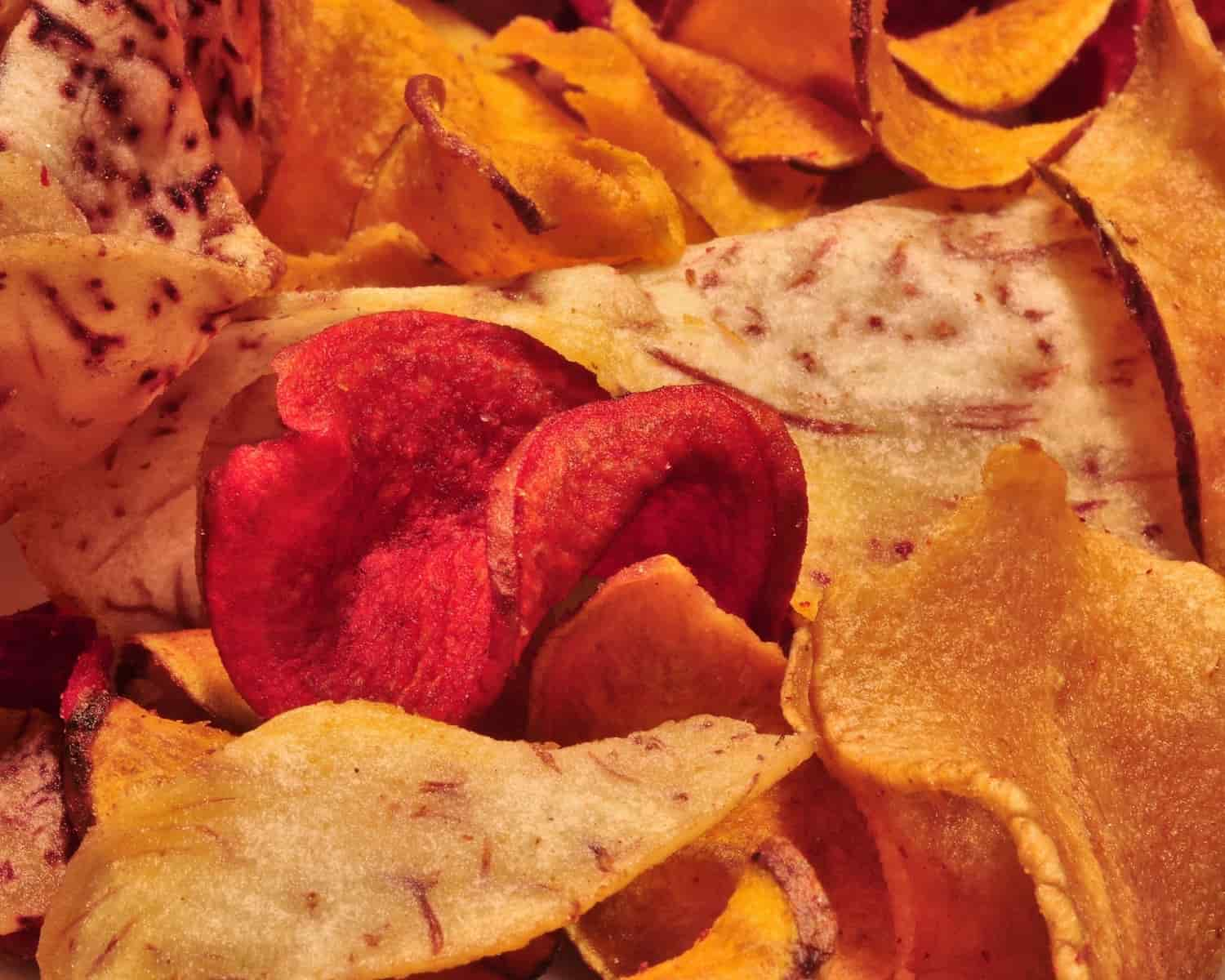
How to make vegetable crisps?
Our tips and tricks for cooking your own potato, carrot, beetroot, and other vegetable crisps.
Contents
Latest trend in snacking, vegetable crisps are increasingly finding their place on family tables for aperitifs, during picnics or barbecues, and while watching the Sunday football match… Especially as manufacturers are deploying treasures of creativity (and, above all, fortunes in research and marketing) to crunch up our lives with crisps that bring always different colours and flavours. However, making your own vegetable crisps is not complicated. In the height of vegetable season, it’s even an original way to enjoy them. And you’ll have the satisfaction of seasoning and flavouring them as you wish, with the added assurance that your crisps contain no additives or preservatives. So, grab your mandolins! Let’s dive into preparing colourful, tasty, and delightfully crunchy vegetable crisps.
Which vegetables to use for crispy chips?
In theory, all vegetables can be turned into crisps. However, some are easier to slice thinly. Thus, you can start with traditional potato crisps to practise. When it comes to crisps, not all potatoes are created equal. Opt for a potato that holds up well to frying, such as the Agria, Bintje, or Estima… You can also mix things up by choosing colourful potatoes like the Vitelotte or Ulysse. Guaranteed success with children… and adults alike.
For a change from potatoes, vegetable crisps are ideal. Start with root vegetables, which are denser and harder. Whether you use a mandoline or a food processor, you will have no trouble slicing them very thinly. So, depending on the seasons and the vegetables available to you, add some colour to your plate with crisps made from carrots, beetroots, parsnips, Jerusalem artichokes, black radishes, and celeriac. This way, throughout the year, your snack platter will evolve in flavours and colours. You can even go further in aesthetics by using white carrots like the Blanche de Kuttingen, or purple ones such as the Cosmic Purple. As for Chioggia beetroots or Burpees’ Golden, they will certainly add a splash of colour!
Don’t forget about the sweet potato, which is very easy to prepare as crisps. With its slight sweetness, it is very popular with younger ones. However, forget about turnips, as their bitterness is too pronounced when turned into crisps.
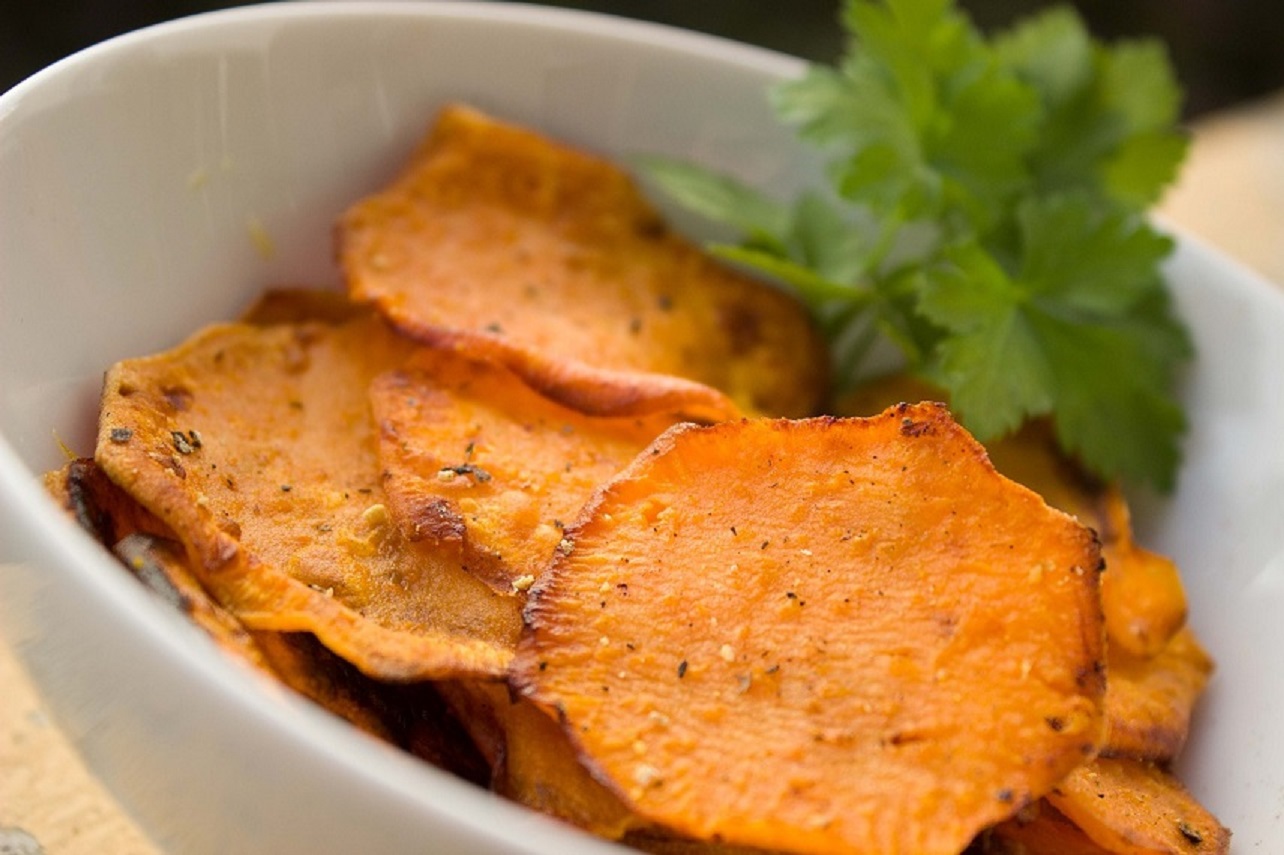
Sweet potatoes are perfect for making crisps
Sun vegetables can also be enjoyed as crisps, particularly courgettes and aubergines. You can even make crisps from delicate kale or original crisps from squashes, butternuts, and other pumpkins.
Preparing vegetables before cooking
The success of your chips depends on the proper preparation of your vegetables!
- Start by washing your vegetables thoroughly to remove any traces of soil.
- Scrub the vegetables that have crevices, such as black radishes or Jerusalem artichokes.
- Peel only the vegetables with a tough skin like squashes. Other garden vegetables can retain their skin, which will add crunch and flavour.
- Slice thinly, between 1 to 3 mm maximum, using a mandoline or food processor. Using these tools ensures that you have uniform chips that will cook evenly.
- Place your vegetables in coarse salt to draw out moisture. This step helps the chips become crispier. Additionally, you will use less oil.
- Rinse and carefully pat the vegetables dry with absorbent paper.
Your vegetables are ready for cooking, which can be done in a deep fryer or in the oven.
Discover other Vegetables by variety
View all →Available in 1 sizes
Available in 1 sizes
Available in 1 sizes
Available in 1 sizes
Available in 1 sizes
Available in 1 sizes
Available in 1 sizes
Available in 1 sizes
Available in 1 sizes
Available in 1 sizes
Two cooking methods for crispy vegetable chips
Frying or baking? The former is quicker and yields crispy chips, while the latter allows for less fatty chips.
How to fry vegetable chips?
Traditionally, chips are fried. For this cooking method, it’s important to lightly dust the vegetable slices with flour. Mix them quickly to ensure they are all coated. Meanwhile, preheat your fryer to 160°C. Immerse the vegetable chips in small batches into the hot oil. Cook for 4 to 5 minutes until they are lightly coloured. Using tongs or a slotted spoon, remove the chips from the fryer and place them on absorbent paper. All that’s left is to season them to your taste.
How to prepare vegetable chips in the oven?
This cooking method has the advantage of being less greasy, but the disadvantage of taking longer. In any case, for baking your vegetable chips, count one tablespoon of oil for 50 to 100 g of vegetables. You can choose olive oil, sunflower oil, grape seed oil, or a flavoured oil that will add extra taste to your chips. In a large bowl, combine your chips, oil, and spices. Mix well to ensure the vegetables are properly coated in oil. Preheat your oven to 160°C.
Then, place your chips on a baking tray lined with parchment paper. Be careful not to overlap them. Bake at 160°C for 10 to 15 minutes depending on the vegetables. Occasionally, turn your chips with tongs. Season immediately after removing from the oven.
Gather your family or friends and enjoy.
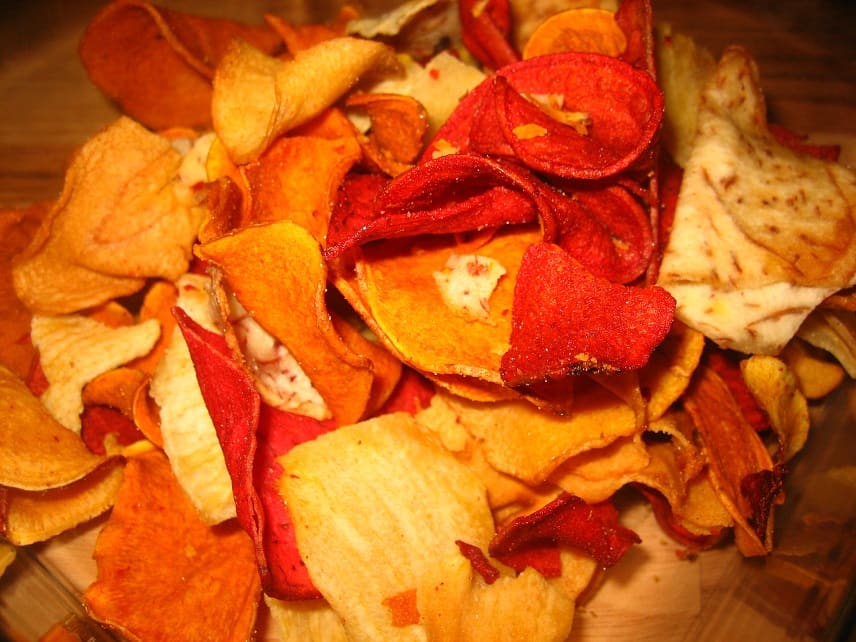 Practically all vegetables can be made into chips, especially root vegetables.
Practically all vegetables can be made into chips, especially root vegetables.
How to customise your vegetable crisps?
The advantage of homemade is that you know and control the ingredients. Ingredients that can be varied, personalised, combined at will, and especially according to everyone’s tastes. Vegetable crisps lend themselves easily to numerous culinary variations. You can already use different salts that will add that little touch of originality.
You can also experiment with many spices. And in this regard, indulge yourself! Paprika, curry, cumin, turmeric, Espelette pepper, oregano… anything is possible. However, you will need to find the right dosage. If you prepare your vegetable crisps in the oven, incorporate the spices with the oil. And if you fry them, sprinkle your spices once the crisps are drained.
The simple act of multiplying the vegetables and combining them by colour ensures great success with your guests. Generally, parsnip works well with carrot, beetroot with potato, or aubergine with courgette for summer crisps.
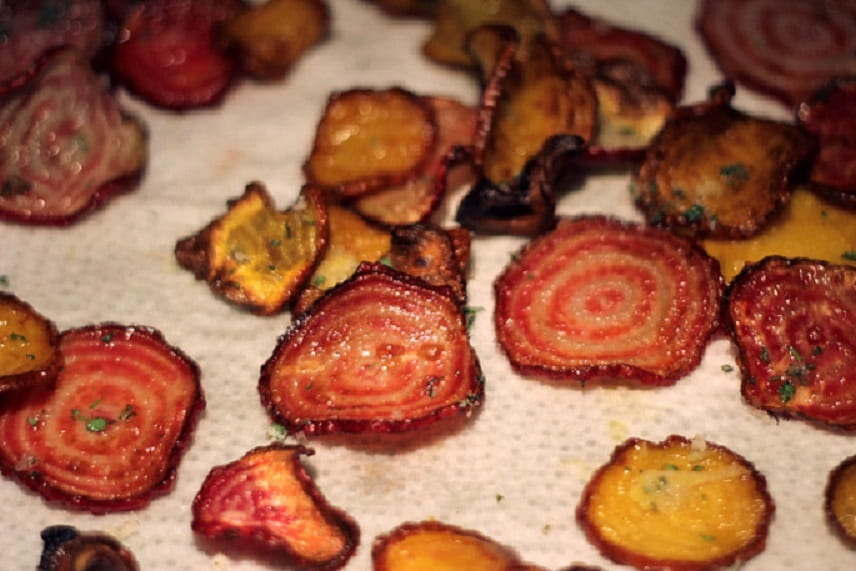
The Chioggia beetroot retains its lovely patterns, even when prepared as crisps
And if you have a sweet tooth, don’t hesitate to turn fruits like plantain bananas or apples into crisps…
- Subscribe!
- Contents
































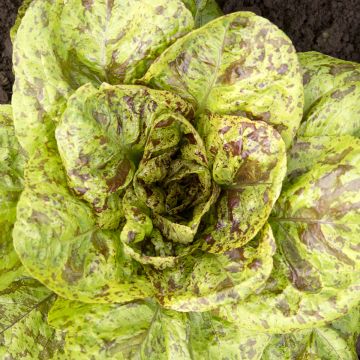
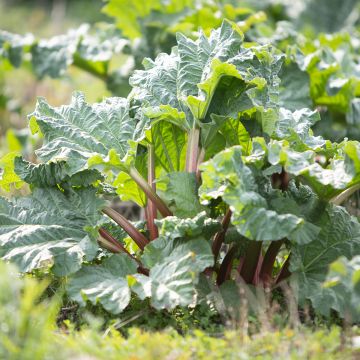
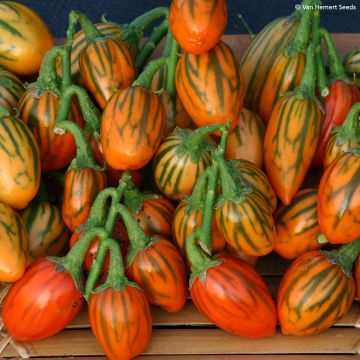
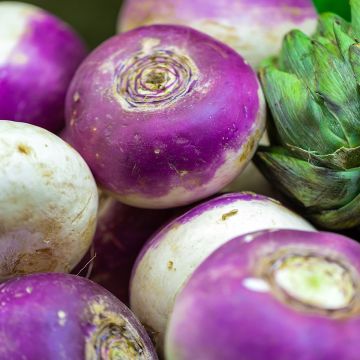

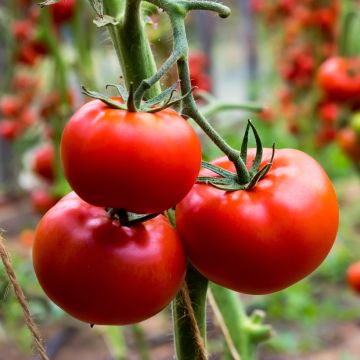
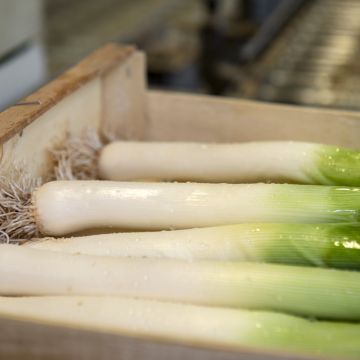
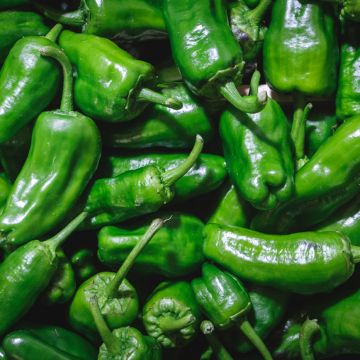
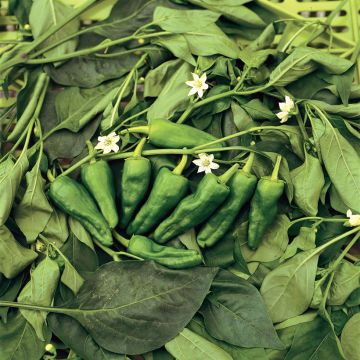
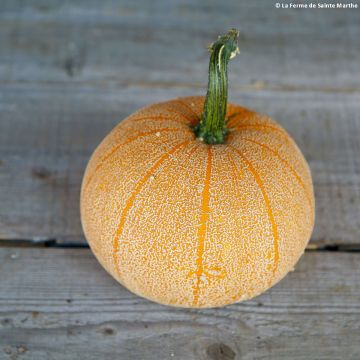
Comments